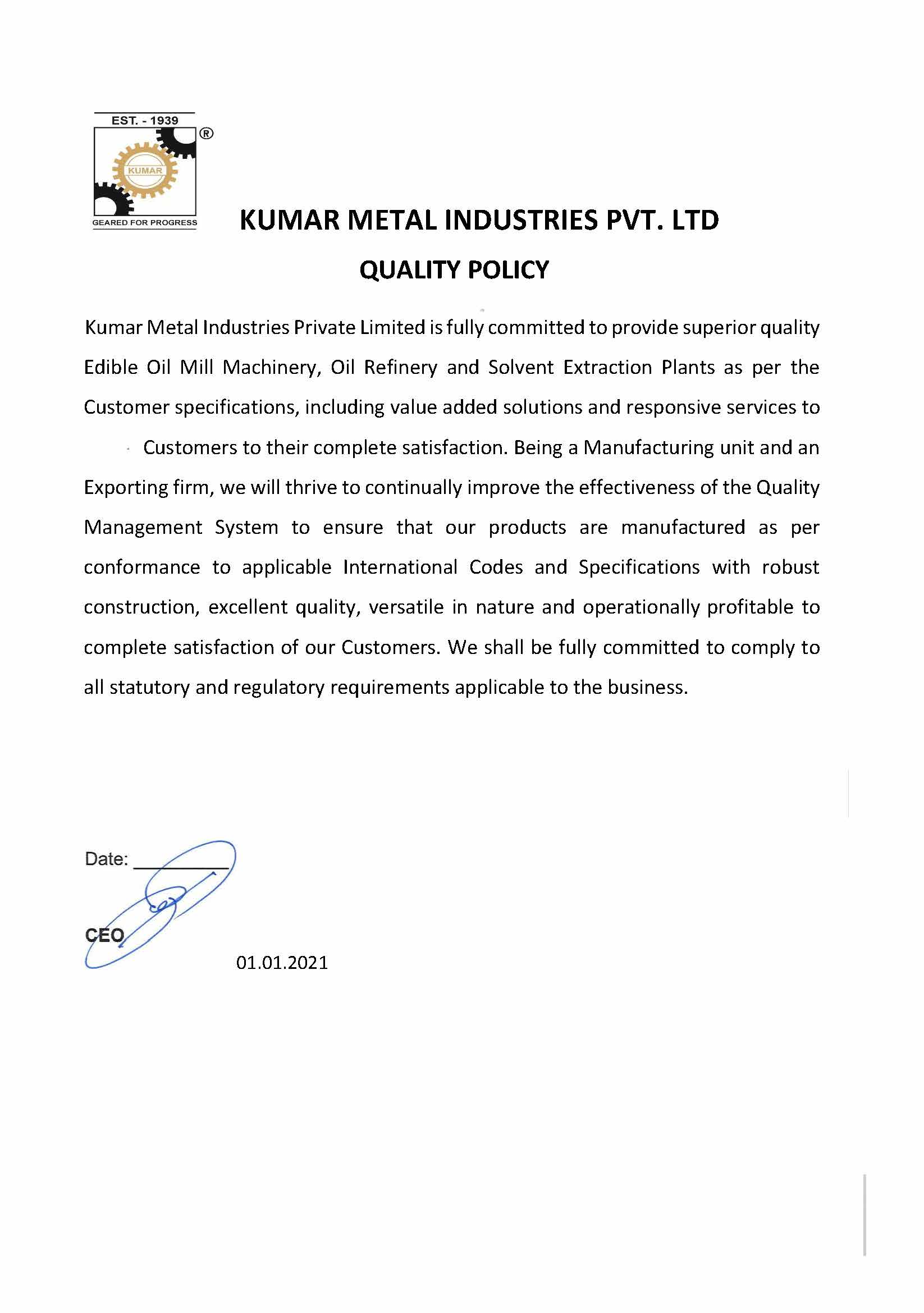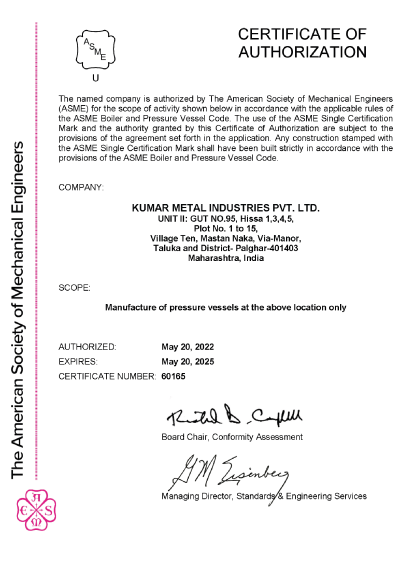
The present article discusses various raw materials, especially natural oils and fats, used to make biodiesel, various manufacturing methodologies; and also comparison of biodiesel with the petroleum-based diesel.
RAW MATERIALS
Biodiesel is produced by the reaction of natural triglyceride oils and fats of plant and animal origin with short-chain alcohols like methanol, ethanol, isopropanol or butanol, to produce monoesters of the long carbon chain fatty acids.
This transesterification reaction is carried out in presence of an acid or alkali catalyst, usually sodium methoxide. Enzymes, the natural or bio-catalysts, such as lipases, are also used to carry out this reaction. The transesterification reaction may be carried out without any catalyst under supercritical conditions.
Methanol or methyl alcohol is the most commonly used alcohol in the production of biodiesel due its lower cost and abundant availability. Sometimes, the higher alcohols like ethanol, isopropanol or butanol are also used. These alcohols produce methyl or ethyl, isopropyl or butyl esters after the transesterification reaction.
Various vegetable oils like sunflower, soybean, rapeseed (mustard), palm, peanut, cottonseed, corn (maize), canola, ricebran, jojoba, flax oils provide the fatty acids part in biodiesel. However, only some of these oils have been commercially used. Expanding the use of particular feedstock oil must be evaluated in terms of the environmental and economic impacts. Competition with their food use is also a very important factor.
There are several merits and demerits of using edible plant or vegetable oils for the manufacture of biodiesel. Their merits or benefits are – ease of availability, higher heat content, non-toxic nature due to lower sulfur content, and harmlessness due to biodegradability. Their demerits or disadvantages are – higher viscosity (which is 10 to 20 times greater than that of diesel), lower volatility, higher cost, reactivity of unsaturated hydrocarbon (fatty acid) chains, and their use as food.
Non-edible, industrially important vegetable oil, i.e., castor oil, has emerged as an important raw material for making biodiesel.
Jatropha, whose cultivation became popular more than a decade ago, is also a source of triglyceride oil which can be used for the production of biodiesel. Pogamia, Argemone and Sal can also be used as feedstock to make biodiesel.
Algal oil, an unconventional vegetable oil obtained from cultivated algae, is also gaining importance as a raw material for the manufacture of biodiesel. Microalgae, an aquatic species, have become appealing because of their potential for significantly higher average photosynthetic efficiency than with typical land crops, due to their aquatic environment providing them with better access to water, CO2, and nutrients (depending on the system they are grown in). Additionally, while land crops may require substantial energy inputs for irrigation, planting, fertilization and harvesting, these can be greatly minimized with an aquatic crop with a well-designed system. However, there are significant challenges to making this an economically viable energy crop.
Animal fats like tallow, lard, yellow grease, chicken fat, fish oils (after separation of omega-3 fatty acids), and also fish waste, have also been used. Used or waste cooking oils from restaurants are important source of raw materials for biodiesel manufacture. Elaborate systems have been organized in advanced countries to collect the used cooking oils (or grease) from restaurants and convey them to biodiesel manufacturing plants.
Used cooking or frying vegetable oils and animal fats, i.e., waste oils from restaurants are also being used as feedstock for making biodiesel. However, their collection is a huge challenge and therefore, used oils are being collected and used only in large cities with significant number of restaurants which are able to supply enough quantities which are economical to process. Although many experts suggest that these waste vegetable oils are the best source of oil for producing biodiesel, their supply is drastically limited. The quantities of biodiesel available from waste oils are much less than the amount of petroleum-based diesel that is necessary for transportation and home heating in the world. Also, there are several processing challenges in using waste or used cooking oils.
Sewage sludge is another novel feedstock being considered for conversion to biodiesel. Large waste management companies have shown interest in the sewage-to-biodiesel processes, as it can be competitive with the petroleum-based diesel.
However, expanding the use and production of a particular feedstock must be evaluated in terms of the environmental and economic impacts.
Any form of biomass can be processed into a liquid fuel through various thermochemical processes (such as pyrolysis or gasification and Fischer-Tropsch synthesis), the energy and economic requirements of such processes are substantially greater than is required for transesterification of plant oils into biodiesel. Thus, it is desirable to have higher triglyceride oil content in the feedstock (oilseeds or algae) to minimize the energetic and economic processing costs.
The selection of vegetable and animal origin oils and fats as well as used cooking oils depends on their availability in the vicinity of the biodiesel manufacturing facility and their pricing. The costing of vegetable oils and their technical specifications play important role in deciding the profitability of the biodiesel manufactured.
MANUFACTURING PROCESSES
Most of the biodiesel is produced by alkali-catalyzed (e.g. sodium or potassium hydroxides) transesterification with methanol (methyl alcohol), which results in a relatively short reaction time. The effect of alcohol to oil ratio is also an important variable affecting the yield of biodiesel, while temperature has a significant effect on the initial reaction rate. As the alcohol is used in excess, the process is also called as alcoholysis in general, or methanolysis, ethanolysis, in particular, depending on the alcohols used.
It is necessary to have the vegetable oil (or animal fat) and the alcohol free from moisture (water) or substantially anhydrous. The triglyceride oil or fat should have low free fatty acid content; because the presence of water or free fatty acid or both in relatively higher amounts promotes soap formation in the presence of alkali catalyst. The soap formed in the reaction lowers the yield of esters, i.e., biodiesel, and renders the downstream separation of the products difficult, requiring additional processing. Therefore, additional steps to remove any water and either free fatty acids or soap from the reaction mixture are required. Many commercial producers often employ an acid-catalyzed esterification reactor to process excess free fatty acids prior to base- or alkali-catalyzed transesterification.
Waste or used vegetable oils (frying oils) and animal fats (tallow, grease) contain free fatty acids and water which leads to production of soap in the presence of alkali catalysts, as mentioned earlier. Therefore, despite the lower reaction rate associated with sulfuric acid – catalyzed transesterification processes, this approach has several advantages over the base-catalyzed methods – it employs a one step process rather than a two steps process using the alkali catalysts; it can handle feedstock with high free fatty acid content; downstream separation of the biodiesel is straightforward; and a high-quality glycerol byproduct is obtained. However, the acid-catalyzed process also has several disadvantages over the alkali-catalyzed processes – low reaction rate, requirement of special reactor (many times SS or glass-lined) to withstand the acidic environment and the necessity of high alcohol-to-oil ratios to promote the conversion of oil to fatty acid alkyl esters. Also, used cooking oils contain several undesirable compounds such as polymers, which are formed during the frying process. Therefore, proper pre-treatment of these used cooking oils is necessary before using them for biodiesel production.
The basic chemical structure of biodiesel components is that of long-chain fatty acid esters. Biodiesel is a mixture of mono-alkyl methyl esters of long-chain fatty acids of differing carbon chain lengths. Glycerine (glycerol) is released as a byproduct in the transesterification reaction. For every one tonne of biodiesel manufactured, 100 kg of glycerol are produced. This crude glycerol needs to be refined in multiple steps to obtain commercially valuable, pure glycerine of 99+% purity.
The chemical reaction to produce biodiesel may be represented as follows –
Triglcyeride Oils + CH3OH (Methanol) 3 RCOOCH3 (Fatty Acid Methyl Esters) + Glycerol
The reaction is carried out at elevated temperature and pressure in the presence of acid (sulfuric acid) or alkali (base) catalyst, such as sodium methoxide, sodium hydroxide or potassium hydroxide. Most commercial biodiesel is produced using virgin vegetable oils as lower temperatures and pressures can be used and the conversion yield of 98% or more can be obtained. Typically, a mixture of 87% vegetable oil, 1% sodium hydroxide (NaOH) catalyst, and 12% methanol (alcohol) is processed to manufacture biodiesel.
One molecule of triglyceride is converted to three molecules of fatty acid methyl esters (FAME) and one molecule of glycerol in the presence of excess methanol. Typically, molar ratios of 4.5:1 to 9:1 of methanol to triglyceride oil are used. This has cost implications for biodiesel as the leftover (or excess) methanol must be recycled, which is usually achieved by distillation.
Typical biodiesel manufacturing process is schematically shown in the following figure.
FIG. 1: BIODIESEL PRODUCTION PROCESS FLOW

The transesterification process is carried out either in a batch process or continuous plant. Biodiesel can also be manufactured with heterogeneous catalysts, supercritical processes, or by using ultrasound or microwave techniques.
You might find these interesting:
Learn about the comparisons between Biodiesels and other fuel
Discover the applications of Biodiesels
Here are the recent developments in the Biodiesels manufacturing industry
If you would like to know more about adding biodiesel manufacturing capacity to your existing facility, please reach out to us using the form below.
"*" indicates required fields



















